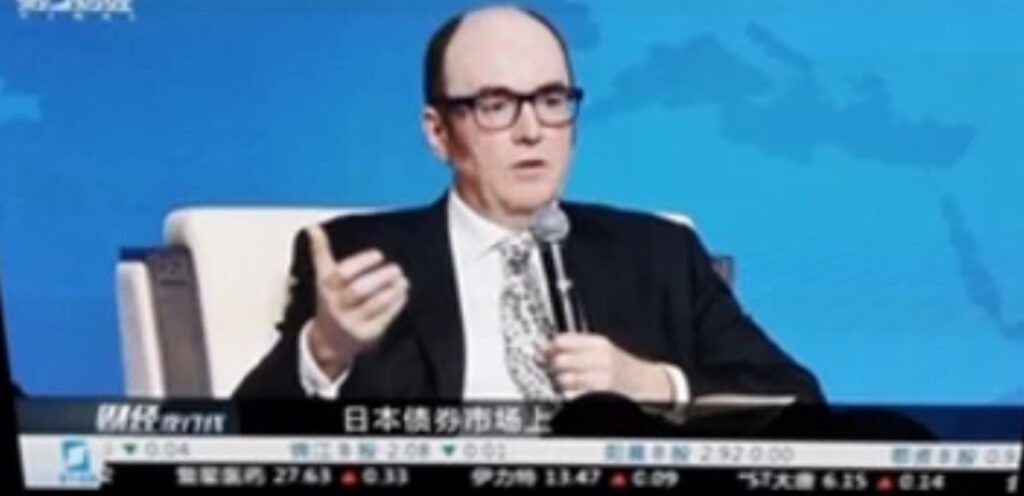I spent the first half of last week in Shanghai, having been invited to attend and speak at the first ever China Import Expo Conference. Let me highlight some key takeaways:
First. The event itself had been over a year in the planning, but appeared very apt in the wake of recent trade tensions. The underlying message was for China to import more, consistent with the desire to move from an export-led to a domestically driven economy. Indeed, this shift from an emphasis on the quantity to a focus on the quality of growth has been a consistent message of policy. The scale of the event was huge, with many firms from the rest of the world present.
Second. The speech given by President Xi would have been the type of speech one might previously have expected from a US President or UK Prime Minister. Xi’s focus was that globalisation cannot be reversed, there is a need to encourage free trade and in particular to embrace innovation and inclusivity, so that all may share in its success. It was very much consistent with China continuing to play an international role.
Third. The session I spoke at was about the internationalisation of the Chinese currency, the RMB. In this session it was interesting to note the consistent message from Chinese policymakers. The RMB has achieved success as a trading currency, although there is far more scope for it to be used in this way. But now policymakers also want to see the RMB become an investment currency and also a reserve currency.
While such aims are admirable they are not without challenges, not least the need for China to open up its capital account at some point, and in the process they might lose some control over their domestic economy. I do not see that as an immediate aim, but rather that the internationalisation of the RMB is an ongoing process. It will accompany a deepening and a broadening of China’s capital markets.
Fourth. My impression is that the Chinese economy has lost momentum. Earlier this year, the policy focus was on the prevention of a build-up of risks, and hence deleveraging was a key aim. This has changed, particularly in the wake of trade tensions. Policy has eased, and the authorities appear keen to ensure that policy is accommodative, both to prevent a slowdown, as well as to perhaps provide more scope to boost demand if trade tensions have further impacts.
Fifth. The Chinese are engaging actively with the US, with key summits over the coming weeks. First, the ASEAN Summit takes place in Singapore this week – this is the ten country Association of South East Asian Nations where they will be joined by Chinese Premier Li Keqiang and US Vice President Pence. Then Papua New Guinea will host the 21 nation Asia Pacific Economic Cooperation Summit. Lastly, Presidents Xi and Trump will meet at the G20 Summit in Buenos Aires at the end of the month.
Sixth. There was positive sentiment towards the UK at the conference. In some respects the Chinese will be keen to maintain positive ties with a host of countries, but nonetheless they see the UK as an attractive economy in which to invest and to cement positive two-way financial sector ties.
So, overall the event in Shanghai was another demonstration of China’s continued growth and its increasing scale. It is a market many firms naturally wish to sell into. But also, from a financial perspective, it is still a market that needs to open further.
For instance, China now has the third largest bond market in the world but it was stated at the conference that only 2% of it was traded by international investors, versus 11% for Japan and 30% for the US, the two larger markets. China has clearly opened up and is making a considerable global impact, but it still has some way to go.
One message from Shanghai is that it is heading in the right direction.
